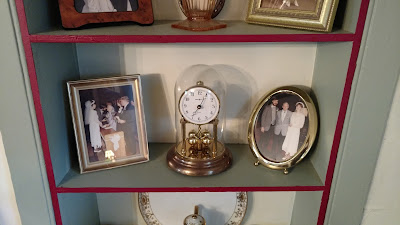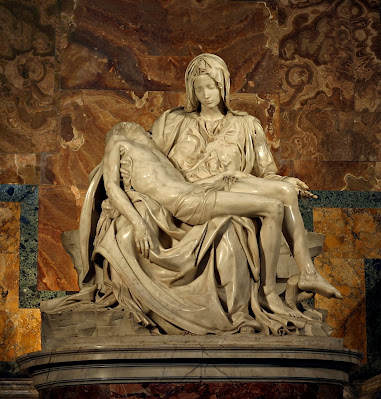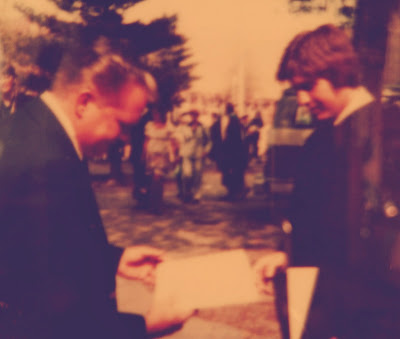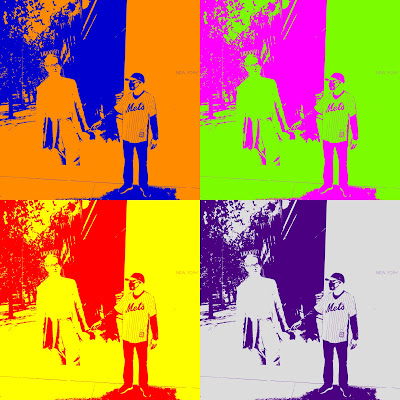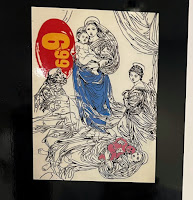 |
| Museum of Art courtyard viewed from the Armor Room. |
I wanted to post some photos here from a recent visit to the Philadelphia Museum of Art. I had suggested the “immersive Monet” exhibit in NYC, but my wife preferred we check out “real-life Matisse.” For background and context, I gave ChatGPT a few prompts and out popped the following words. Not bad!
The Philadelphia Museum of Art is a must-see destination for any art lover visiting the city. Located in the heart of Philadelphia, the museum boasts an impressive collection of over 240,000 works spanning 2,000 years of world culture.
It isn't uncommon to see visitors engaging in playful activities on the front steps. One such activity is pretending to be the iconic fictional character "Rocky." Visitors raise their hands above their heads and jump in triumph, mimicking the famous scene from the first film in the series.
Upon entering the museum, visitors are greeted by the grand staircase, which leads to the main galleries on the second floor.
One of the highlights of the museum is the American art collection, which includes works by some of the most famous American artists such as Winslow Homer, John Singer Sargent and Edward Hopper. The museum also has a significant collection of European paintings, including works by Monet, Van Gogh, and Renoir.
 |
| Diana atop the grand staircase, decorated for the holidays. |
 |
| Matisse’s “Large Reclining Nude” (1935) and “Woman in Blue” (1937), including the skirt worn by the painting’s model. |
I also had the opportunity to view the painting "Sunflowers" by Vincent Van Gogh. This famous painting, which is one of the most popular on display at the museum, is renowned for its vibrant colors and dynamic brushstrokes. It was a true highlight of my visit to the museum.
Unfortunately, I also set off two proximity alarms while viewing the paintings, but it was a reminder of how close you are allowed to be with the paintings and how precious they are.
 |
| So excited… a little too excited… to see this up close. I also set off an alarm tripping over Zoe Leonard’s floor sculpture. |
Overall, a visit to the Philadelphia Museum of Art is a truly enriching experience. The museum's vast and varied collections, special exhibitions, and educational programs make it a must-see destination for any art lover.
 |
| Degas in Philadelphia. |
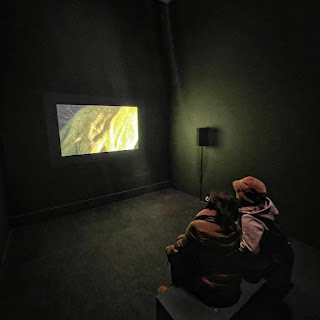 |
| Video exhibit by Visual AIDS. Lots of nooks and crannies in this museum! |
 |
| This is an unfinished Cezanne, which I liked very much. The Matisse exhibit also showed some of his works in progress, and I liked the rougher, early versions better. |
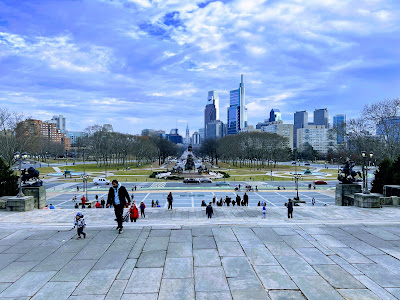 |
| Had to wait until all the people jumping like "Rocky" stopped posing on these steps 🙂 |










